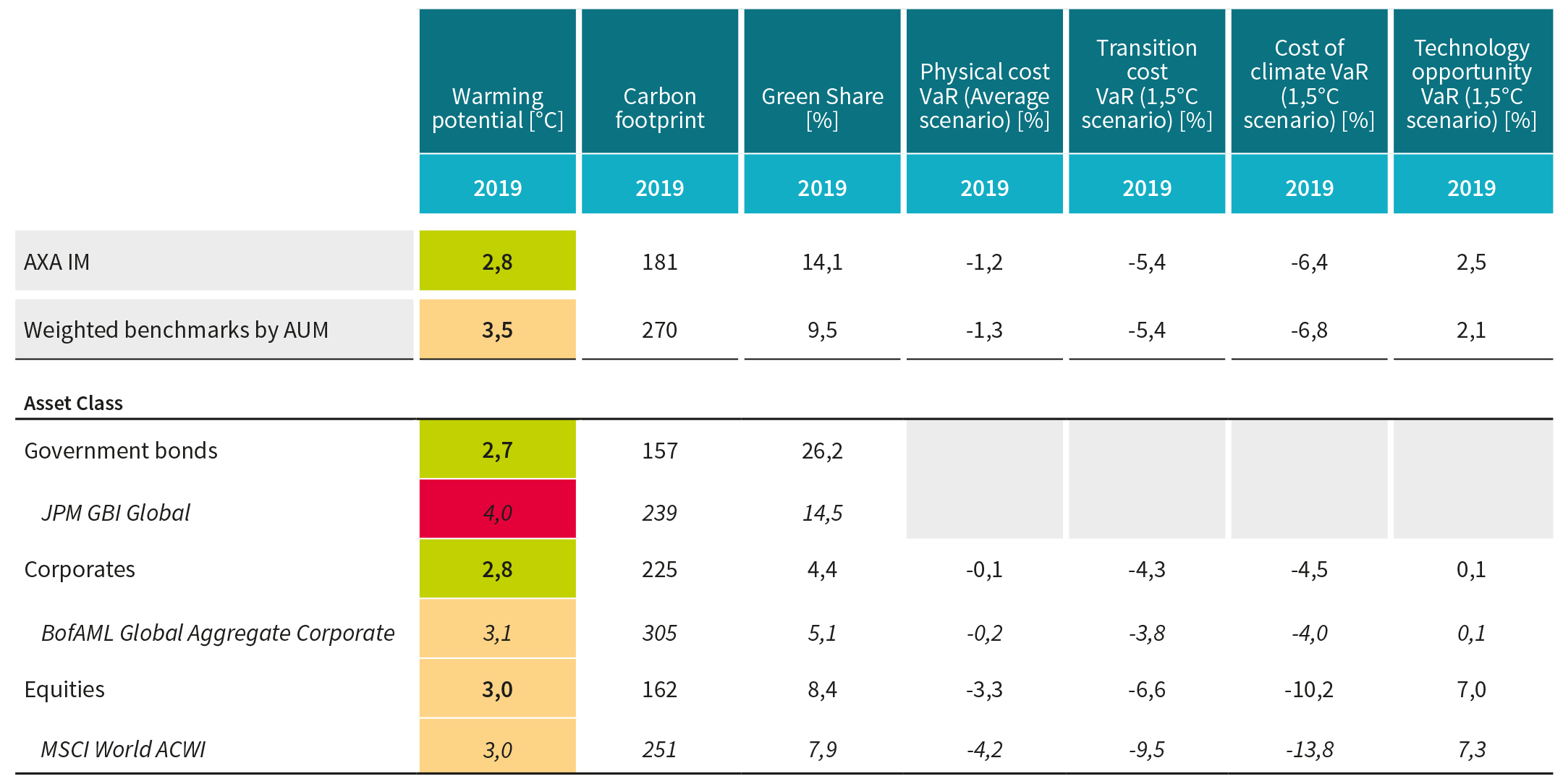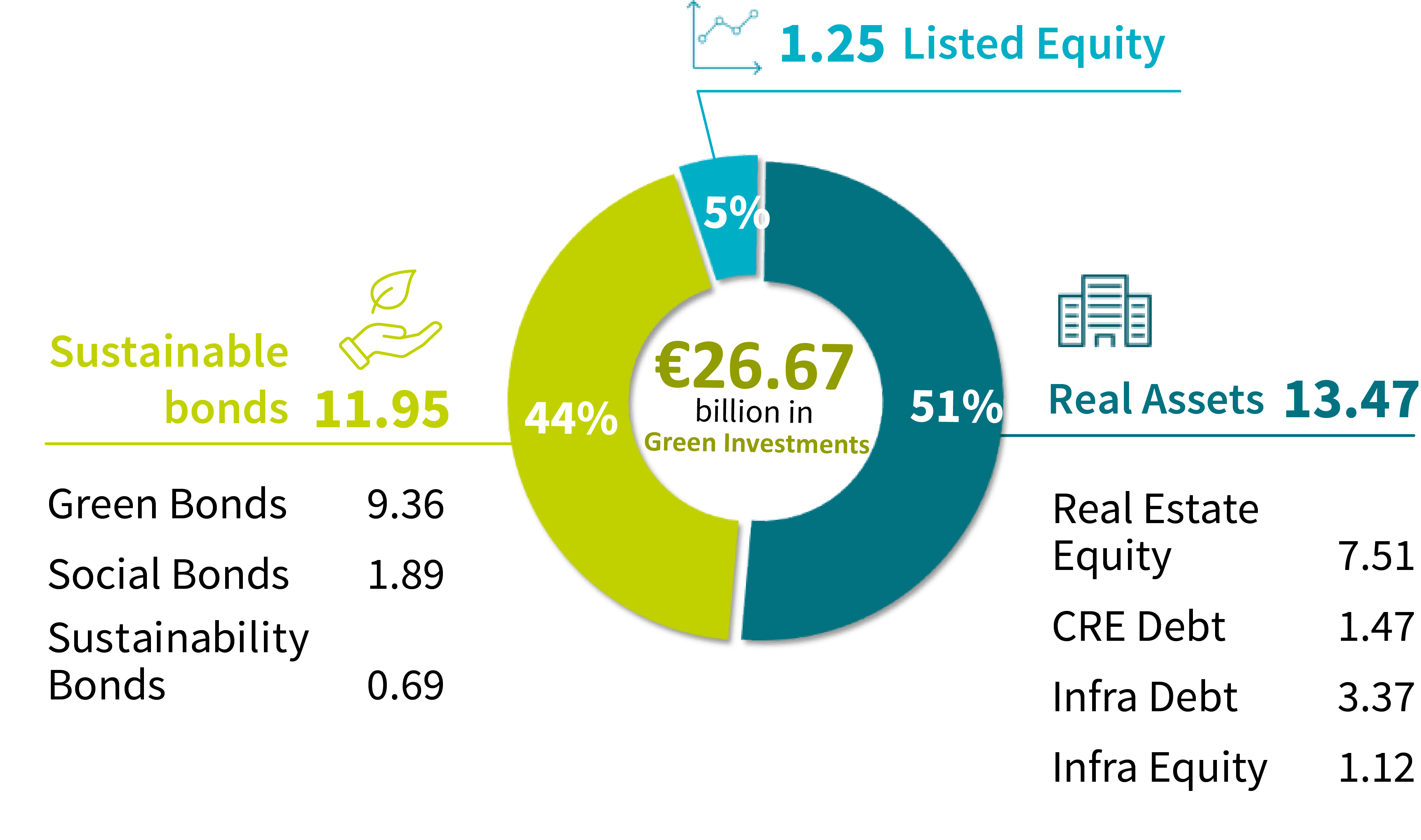
Climate change case study
The coronavirus pandemic was extremely harmful for economies worldwide but at the same time it delivered a sharp drop-off in carbon emissions.
With climate change at the forefront of policy and investment discussion as the recovery takes shape, the question now is whether the world can use this moment to build a less carbon-intensive economic and demand model that could help achieve the temperature goals of the Paris Agreement. It is a sobering thought that we would need to replicate – and more – the effects of the outbreak on carbon emissions if we are to keep global warming to within +1.5˚C of pre-industrial levels.
At AXA IM, we believe investors have a key role to play here through their stewardship efforts. More than ever, they need to scale up their engagement activities. We have argued in our research1 that investors should be using a 360° view – engaging with energy and power producers but also with end-use, demand-side sectors – to promote both the shift of energy supply mix and efficiency gains from consuming sectors.
- COVID-19: Greening the recovery. AXA IM. April 2020
Our engagement goals and activity
Through the Climate Action 100+ investor group and through dedicated bespoke engagement projects, we have been in dialogue with energy suppliers (across the oil and gas, power and metals and mining industries), but also with demand-side sectors (industrials, auto, airlines, real estate among others).
These discussions have had three areas of focus:
- Governance: Lobbying practices and remuneration.
- Strategy: Intermediary targets and capital expenditure (capex) plans aligned with science-based verification.
- Disclosure: Clear articulation of climate objectives and progress.
Results and next steps
On the supply side, we have been particularly focused on the first net zero target announcements2 in the oil and gas industry, where we have seen good initial commitments (for example from BP, Total, Repsol, ENI, Equinor, Royal Dutch Shell) and on coal engagement (from Engie, Fortum, RWE, EnBW, BkW and Albioma). We also believe we have made significant progress in getting companies committed to science-based intermediary targets (Renault, Alstria, RWE, for example).
However, companies also need to show progress and raise the bar of their climate objectives. First, we think that over the coming months and years they should set not only objectives for 2050 but also intermediary goals aligned with science-based targets, as well as engaging in ad hoc, effective actions in the short term. Second, very few companies, especially in the oil and gas industry, are already reporting on their Scope Three emissions – those created indirectly through the use of products/services, or in the supply chain. Third, we would like to see net zero targets accompanied over time by transparency on the strategy, on related investments and on rollout plans. According to the Climate Action 100+ progress report, more than two-thirds of oil and gas capex is still judged as inconsistent with the Paris Agreement and the transportation sector is still not considered to be investing enough in electric vehicles. As we continue to promote the new Climate Action 100+ Net Zero Benchmark, we will continue engaging with companies, including those already committed, to understand in detail how they intend to achieve their climate objectives.
At AXA IM we follow TCFD framework recommendations in terms of climate-related disclosure and integration of climate risks and opportunities in our business. In 2020, we worked on the notion of investment alignment principles and as part of that assessed the global warming potential of certain AXA IM investments. The warming potential of the AXA IM assets reviewed was calculated to be +2.8°C, compared to +3.5°C for a corresponding benchmark.
We also continued testing new alignment metrics and decarbonisation protocols while supporting AXA Group as member of the Net Zero Asset Owner Alliance. Thanks to our collaboration in the exploratory phase, in December 2020, AXA Group committed to an intermediate target of a 20% reduction of its carbon footprint by 2025 versus 2019.
AXA IM Climate Dashboard: A combination of historical and forward-looking metrics

This process of embracing carbon neutrality will continue after we joined the Net Zero Asset Managers Initiative in December 2020. Along with other investors, AXA IM will explore how that route to net zero emissions might look. A more precise announcement of the initiative’s rollout strategy should be announced in November 2021.
While these exciting projects develop, AXA IM has already implemented an active green investment programme of close to €27bn across various asset classes including sustainability bonds, thematic impact listed equities and real assets.

- AXA IM announced in December that it was joining the Net Zero Asset Managers initiative and will work in collaboration with clients to achieve a net zero goal by 2050 or sooner.
Stewardship and engagement
We are not a passive partner for clients – we are an active owner of assets on their behalf.
Learn more